Stucto-lite Questions
julienola
17 years ago
Featured Answer
Comments (23)
sombreuil_mongrel
17 years agojulienola
17 years agoRelated Professionals
Greensboro Kitchen & Bathroom Designers · South Farmingdale Kitchen & Bathroom Designers · Beach Park Kitchen & Bathroom Remodelers · Eagle Mountain Kitchen & Bathroom Remodelers · Beaverton Kitchen & Bathroom Remodelers · Chester Kitchen & Bathroom Remodelers · Chicago Ridge Kitchen & Bathroom Remodelers · Independence Kitchen & Bathroom Remodelers · Lakeside Kitchen & Bathroom Remodelers · Londonderry Kitchen & Bathroom Remodelers · Oceanside Kitchen & Bathroom Remodelers · Asbury Park Architects & Building Designers · Middle River Architects & Building Designers · Troutdale Architects & Building Designers · Universal City Architects & Building Designerssombreuil_mongrel
17 years agohousekeeping
17 years agojulienola
17 years agojulienola
17 years agobrickeyee
17 years agostonefooting77
16 years agosombreuil_mongrel
16 years agostonefooting77
16 years agosombreuil_mongrel
16 years agostonefooting77
16 years agolarsondna_aol_com
13 years agorewebbo_optonline_net
12 years agocraig_14thstreetpainters_org
12 years agosombreuil_mongrel
12 years agolouisebriggs
10 years agoStephanie Kennedy
4 years agoFelix Cabral
3 years agoCraig Killy
2 years agolast modified: 2 years agoCraig Killy
2 years agoSandy
last year
Related Stories
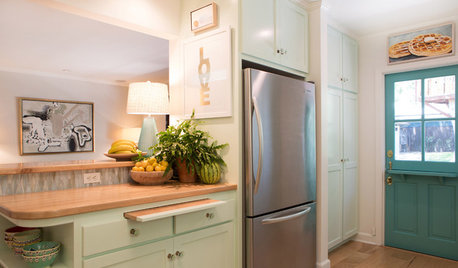
KITCHEN DESIGNCottage Kitchen’s Refresh Is a ‘Remodel Lite’
By keeping what worked just fine and spending where it counted, a couple saves enough money to remodel a bathroom
Full Story
ORGANIZINGPre-Storage Checklist: 10 Questions to Ask Yourself Before You Store
Wait, stop. Do you really need to keep that item you’re about to put into storage?
Full Story
REMODELING GUIDES9 Hard Questions to Ask When Shopping for Stone
Learn all about stone sizes, cracks, color issues and more so problems don't chip away at your design happiness later
Full Story
EXTERIORSCurb Appeal Feeling a Little Off? Some Questions to Consider
Color, scale, proportion, trim ... 14 things to think about if your exterior is bugging you
Full Story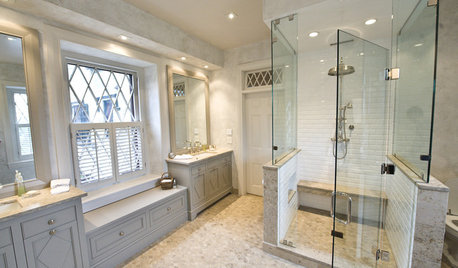
WINDOWSDiamond Muntins Help Windows Look Sharp
As the real deal or a decorative grille, diamond window muntins show attention to detail and add traditional flair
Full Story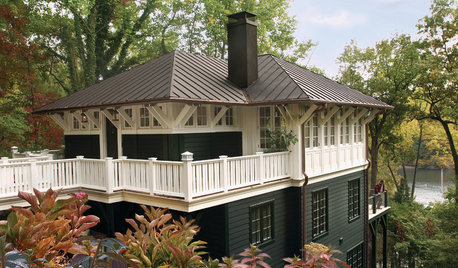
HOUZZ QUIZHouzz Quiz: What Color Should You Paint Your House?
Is white right? Maybe dark blue-gray? Take our quiz to find out which color is best for you and your home
Full Story
HOUSEKEEPINGHow to Clean Hardwood Floors
Gleaming wood floors are a thing of beauty. Find out how to keep them that way
Full Story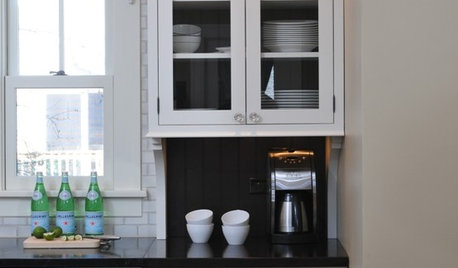
HOUSEKEEPINGThe Great Kitchen Cabinet Cleanup
Purge your way to a clean kitchen, then put pieces back for maximum efficiency and orderliness, with this step-by-step guide
Full Story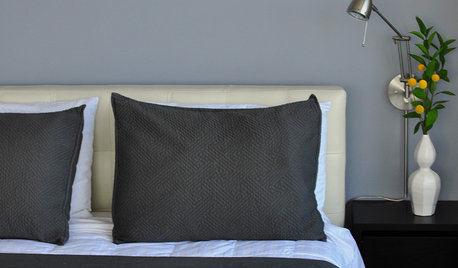
MOST POPULAR50 Shades of Gray
Gray is hotter than ever, thanks to a hit novel full of risks and dark secrets. Tell us: Which paint shade possesses you?
Full Story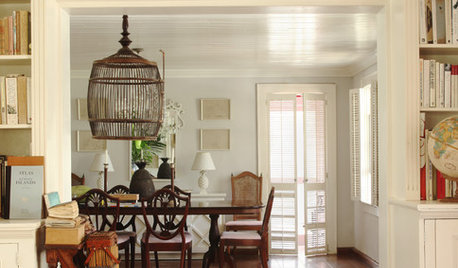
LIGHTING12 Fun Light Fixtures Made From Found Objects
Trash became treasure in these one-of-a-kind lights. See if they inspire your own DIY pendant project
Full StorySponsored
Columbus Design-Build, Kitchen & Bath Remodeling, Historic Renovations
More Discussions










Sombreuil